

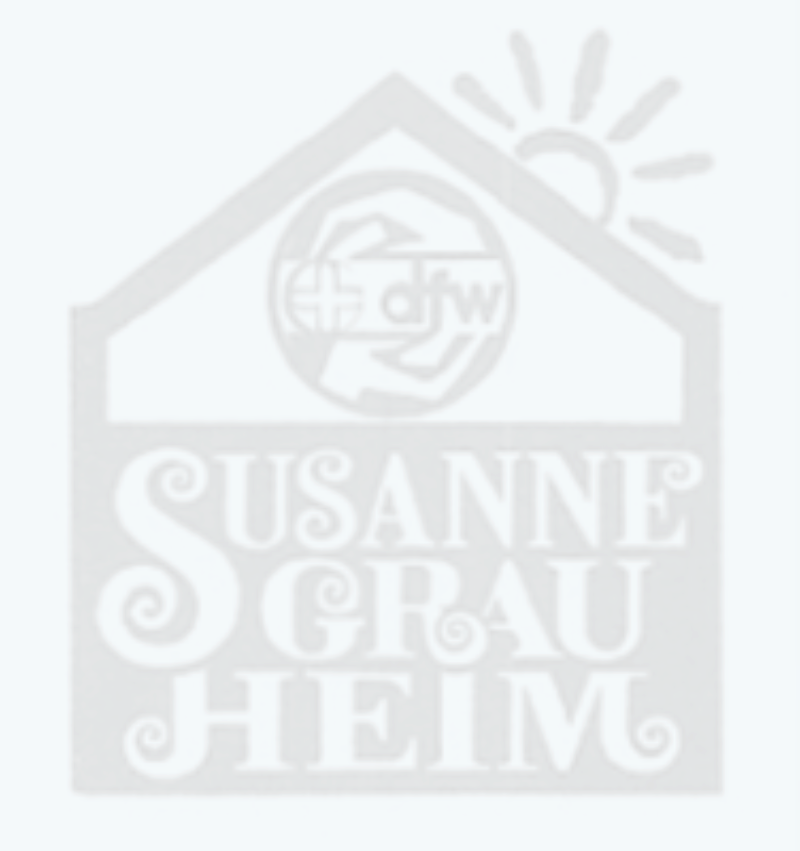

Susanne Grau Heim ◊ 29 Simeon Shixungileni (Bismarckstraße 29 ) ◊ Windhoek/Namibia ◊ Tel. +264 (61) 235719
Website by PC4U


Chronology
The beginnings of the Susanne Grau Heim date back to an initiative by the German Women's Association, which was founded on 1 April 1921 with the aim to support social welfare. The total of it's membership varies, but has since settled at about 150 persons. On 12 February 1931, the Women's Association rented an old building on the corner of Lazarett Street and Republikweg at what was then the outskirts of Windhoek. The idea was to provide accomodation for people who had lost their jobs during the depression. In October 1931, one married couple and ten single men were accomodated there. As space was getting tight, the new chairperson of the Women's Association, Susanne Grau, and the chairperson of the Ladies' Benevolent Society, the wife of the then chief justice Bock successfully negotiated with Administrator-General Werth. He provided both associations each with a governmental building to accomodate homeless fellow citizens.Beginnings
By the end of 1931, the government-owned house on the corner of Bismarck - and Church Streets was ready for occupancy. At first, mostly people who had lost their jobs lived there, and the inhabitants changed regularly. The new residential home was initially occupied by four couples with children and by six unmarried men. At lunchtime, a warm meal was served to all occupants. Additionally, twenty children from impoverished households were fed. Soon the premises were becoming too small and in May 1932, Administrator-General Werth handed the building at the present location of the Susanne Grau Heim over to the Women's Association. Many parents could not afford to put their children into a hostel. Up to twelve children were accomodated in the residential home. When times got better, the children´s station was closed. In 1934, nineteen adults lived in the hostel, which was gradually changing into an old age home. Between 1931 and 1941, the govenment did not pay any old age pension. The Women's Association was thus solely responsible for the acquisition of funds. This is why the organisation relied heavily on the generosity of the Windhoek business community as well as on private donors. The annual parties and events of the Women´s Association under the auspices of “Mutsch“ Grau were very popular and helped to secure much needed revenue.Expansions
In 1953, the old building was renovated with governmental subsidies. One year later, the first new building in von François Street was erected with the aid of the funds Marie Schütz had bequeathed to the facility. On 3 March the old-age home was officially named Susanne-Grau-Heim in honour of Ms Grau and her extraordinary work. She died shortly afterwards, having headed the Women's Association for 24 years. She was succeeded by Margarete Mühr, who had faithfully stood by her during World War II, when associations officially were not allowed to operate. At the end of 1959, the new double-story wing was built, with the government bearing half of the costs. And in 1961, the government granted a loan for the construction of the dining hall, the service wing and staff-quarters. Part of the funds was used to modify the original building, which had served as police headquarters in the German era. This created space for 24 additional occupants. Altogether 56 persons could now be accomodated. In 1961, there was a new development. The state transferred the responsibility for old age homes entirely into the hands of private charity organisations, which had to be accredited for this purpose. The property would be registered in the name of the respective association. For this, the Women's Association paid the moderate sum of R 4 360. The move turned out to be a wise one, as now private citizens were more willing to part with funds to support the institution.Private Initiatives
As only persons with state pensions were admitted in the division which was subsidized by the government, the Women´s Association decided in 1966 to contact all self-paying candidates on the waiting list. The idea was that a four story building for self-paying residents should be built on the premises, the Gertrud-May-Haus. The Women's Association bore a third of the building costs, the rest was financed by the residents themselves. The building today houses 21 persons. To secure even more space, the Women's Association purchased the bordering property together with a govenment house in Bismarck Street, which was previously rented from the state. It was bought in November 1974 with the help of a state loan. Soon afterwards, the association acquired another adjacent property in Hoogenhout Street from the state. This presented the opportunity to extend the high- rise building to the west, as soon as the necessary funds were available. In the first 50 years, the Susanne Grau Heim had accomodated a total of 582 people. In 1981, they were finally able to provide single rooms for 78 persons. Up to then, the state had frequently helped out financially, but certainly the development of the facility would not have been possible without the generous donations by the Windhoek business community and bequests from numerous individuals. The steep running costs could also only be met with the help of the state subsidies. In 1984, a generous amount of money was left to the facility. This was promptly used for the preparations for the construction of the Johann-Heinrich-Lindhorst-Haus. Half of the construction costs were carried by the nine individuals who were to move into the new building. The rest of the costs were financed by the Herrmann-Ohlthaver-Trust. Part of the construction plans was a storage room in the basement of the new wing plus a large common room on the ground floor, the Hermann-Ohlthaver-Halle. Covered parking for six cars was provided, the water piping on the premises was renovated and a new water-heating system was installed. On 19 Oktober 1985, the new building was inaugurated. Additional accomodation for 83 persons in single rooms was now availabable.Frail Care Ward
Up until the mid 80s, all inhabitants in need of nursing care were treated in their rooms, which required the nursing staff to cover long distances. Due to their advanced age, almost half of the occupants were in need of such care. Finally in 1986, a dedicated frail care ward was constructed, saving the staff a lot of legwork. Trained nurses and assistant nurses now looked after the people in need of special care in their own ward. The salaries were subsidized by the welfare office. In the same year, two houses in Wanaheda were acquired for the accomodation of staff members. In 1990, another building was acquired and the staff members who were originally housed in the Julia Hennig House were moved there. The new house was named Gerda-Vedder-Haus, as it was largely financed by the estate of the lady in question. The Julia-Henning-Haus was renovated and since 1990, was occupied by five people. Additionally, a small seperate building was converted into a flat. With the aid of a donantion by Wolfgang Vogel, another older outbuilding was converted into a flat. In the same year, an undeveloped property in Hoogenhout Street was bought from the municipality for a reasonable price. The plan was to build a nursing ward or self-catering living quarters.Independence
In the past, the Susanne Grau Heim was financed to a large extent by the government. After independence in 1990 these subsidies wre cut drastically along with the state pensions. From then on, all renovations, repairs and new acquisitions had to be paid for by the facility alone. As from November 1994, the monthly pension for Namibian citizens above the age of 60 amounted to only N$ 135, rising to N$ 200 in April 2000. Much like the early years, the German Women's Association is back on its quest to raise money for renovations, repairs and new acquisitions with regular events. The contributions of the occupants themselves are barely sufficient to cover the running costs. In 1992/93, with the financial support of the Lions Club Alte Feste and with donations from the public, 53 rooms in the oldest buildings of the Susanne Grau Heim were supplied with solar heated water. In 1997, planning for a new nursing ward commenced, as the existing premises were very extensive, impractical and full of nooks and crannies. The new nursing ward was to have 34 beds and all necessary administrative facilities. For this purpose, another bordering property was purchased from the state in 1998. An additional bordering property was acquired by the German Women's Association. By September 1999, construction work for the first phase of the nursing ward (20 beds) was concluded. The old frail care ward was revamped into 9 housing units, the offices were extended and a new TV/reading room was created. The second phase of the new nursing ward was concluded by the end of February 2001. In the course of the construction, a new entrance gate to the entire complex with an electronic surveillance system was installed. In 2006, on the property behind the Susanne-Grau-Heim, eleven additional apartments were built, followed by a further seven detached apartments in 2010. In 2012 there was a change in management , when managing director Judith Madl went into well deserved retirement. Her successor was Peter Krebs.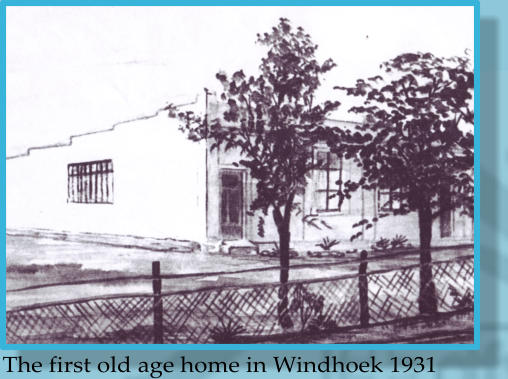
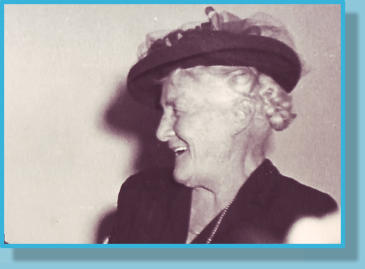
Susanne Grau 1931
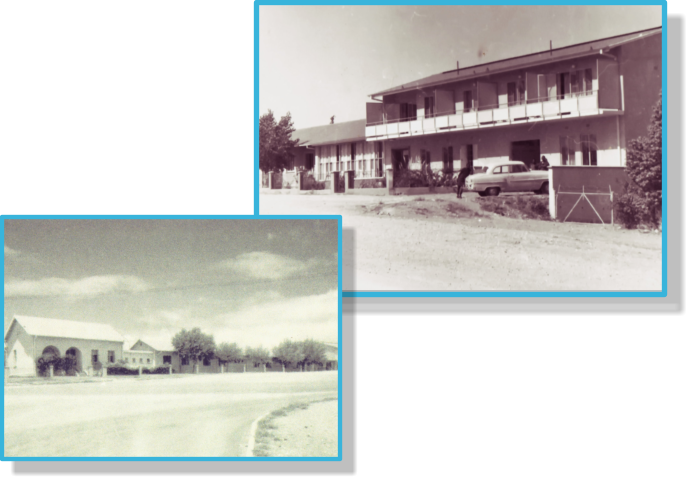
Susanne Grau Heim 1962 / 63

Susanne Grau Heim 1962 / 63
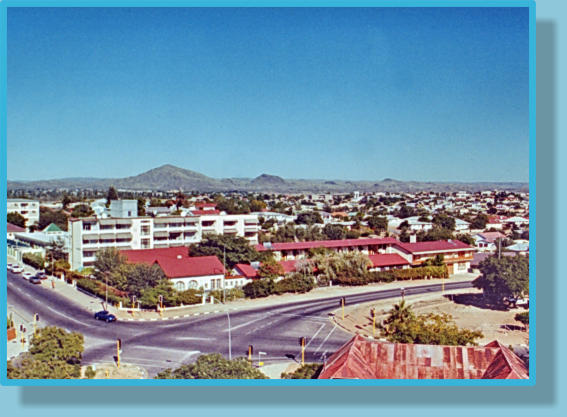
Susanne Grau Heim 2000
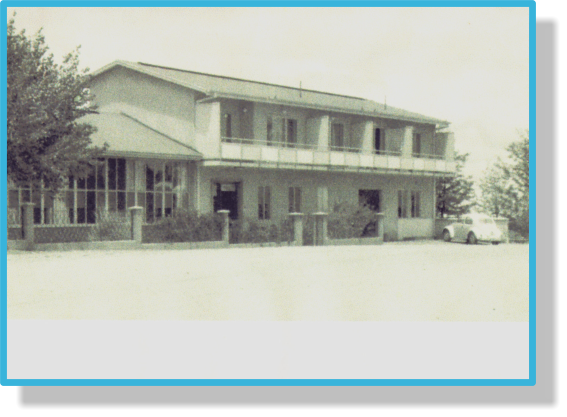
Susanne Grau Heim 1965

Retirement Home of the German Women´s Association
Susanne Grau Heim









